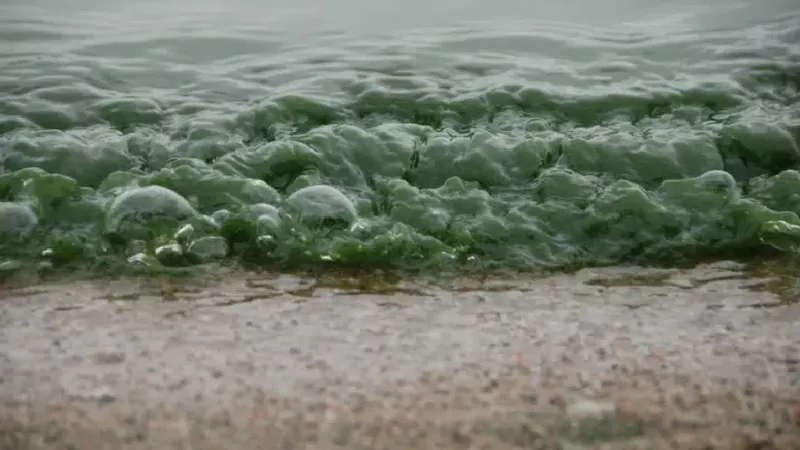
Look before you leap: Everything you need to know about blue-green algae in Sask.
As you head to the lake this summer, it may be a good idea to check the water before you leap in.
The government of Saskatchewan says concentrations of blue-green algae can give the water a shimmering, foamy and pea soup-like appearance. The blooms could be blue-green, bright blue, grey or tan in colour.
Blue-green algae is not actually an algae but a bacteria called Cyanobacteria that can turn what was supposed to be a fun weekend into a nightmare. It likes to grow in steady, nutrient-rich water when the weather is hot and dry.
Sean Osmar from Saskatchewan’s Water Security Agency said Cyanobacteria is very dependent on the weather.


